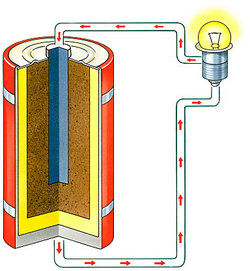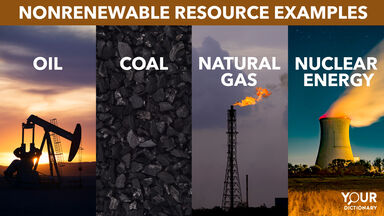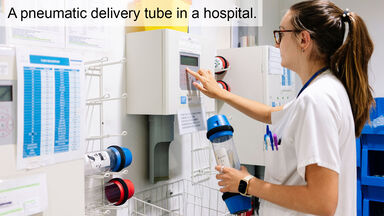With producer gas it is necessary to pre-heat both the gas and the air which is supplied for its combustion by passing both through heated regenerators (for an account of the principles of the regenerative furnace see article Furnace).
In some works, the older method of melting the glass in large pots or crucibles is still adhered to, although the old-fashioned coal-fired furnaces have nearly everywhere given place to the use of producer gas and regenerators.
In the early days of rotatory kilns producer gas was used as a fuel, but with little success; about 1895 petroleum was used in the United States with complete success, but at a relatively heavy cost.
Coke or anthracite is heated to incandescence by an air blast in a generator lined with fire-brick, and the heated products of combustion as they leave the generator and enter the superheaters are supplied with more air, which causes the combustion of carbon monoxide present in the producer gas and heats up the fire-brick baffles with which the superheater is filled.
Under these conditions producer gas ceases to exist as a by-product, and the gases of the blow consist merely of the incombustible products of com plete combustion, carbon dioxide and nitrogen, the result being that more than three times / the heat is developed for the combustion of the same amount of fuel, and nearly double the quantity of water gas can be made per pound of fuel than was before possible.





